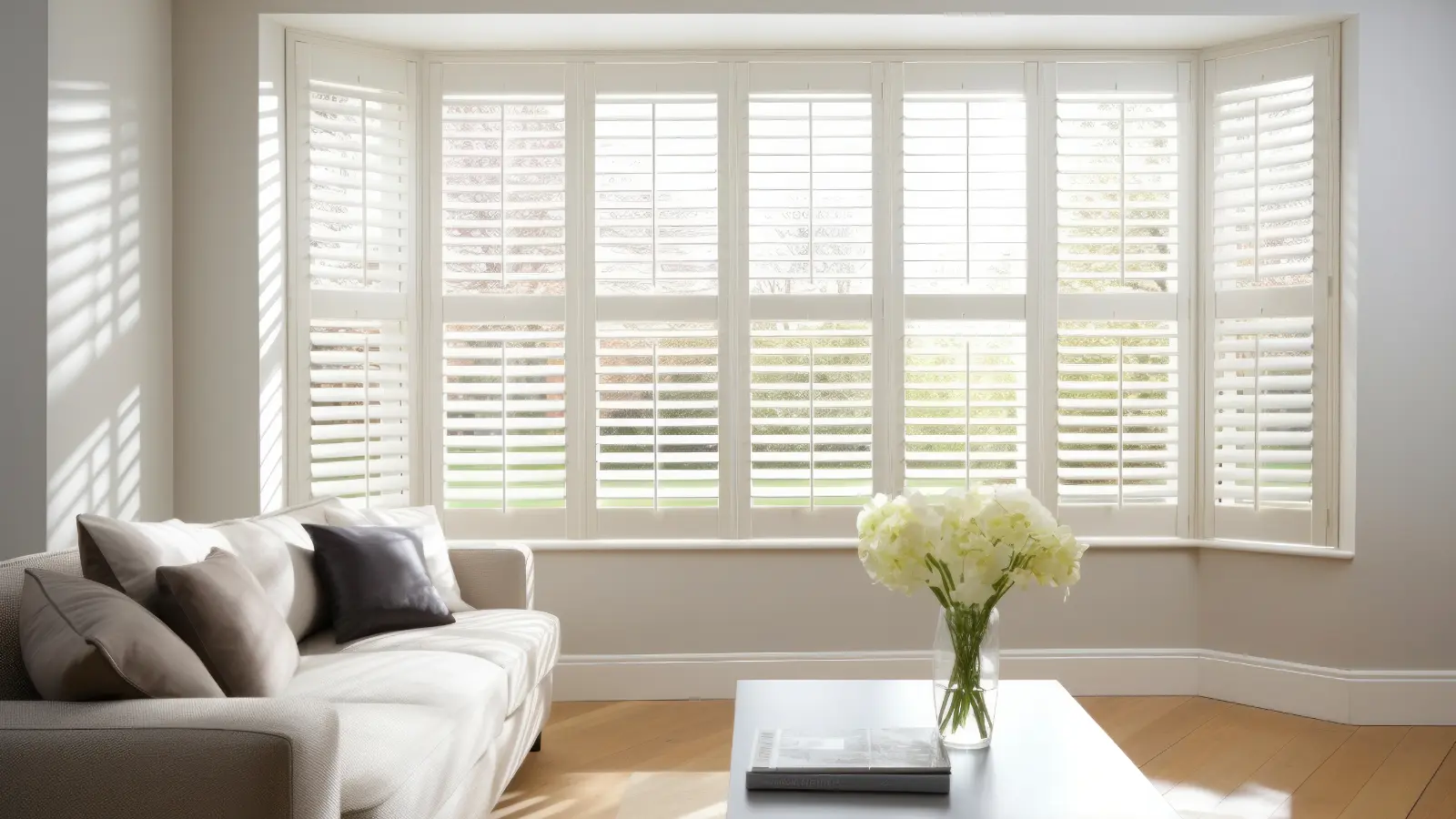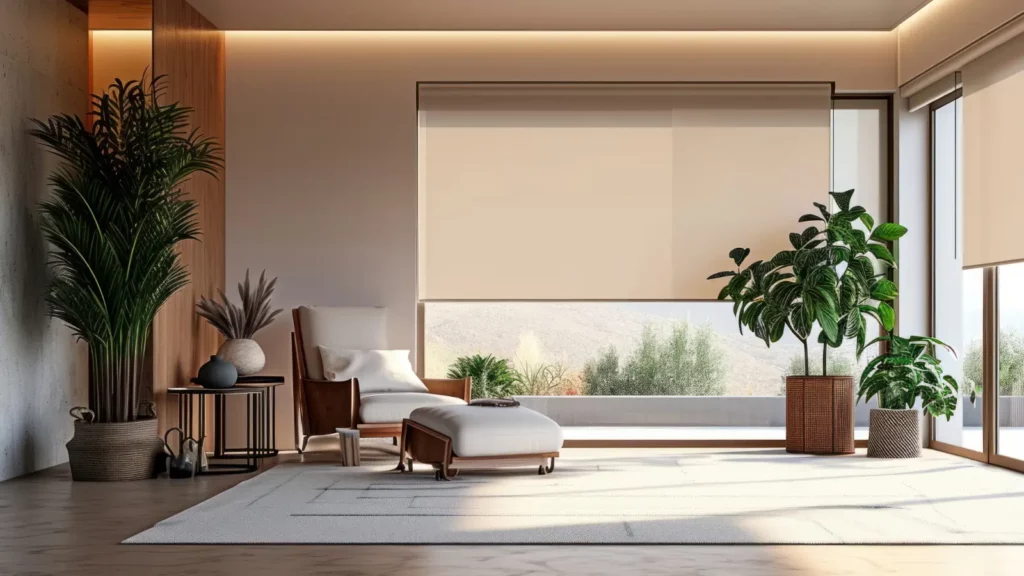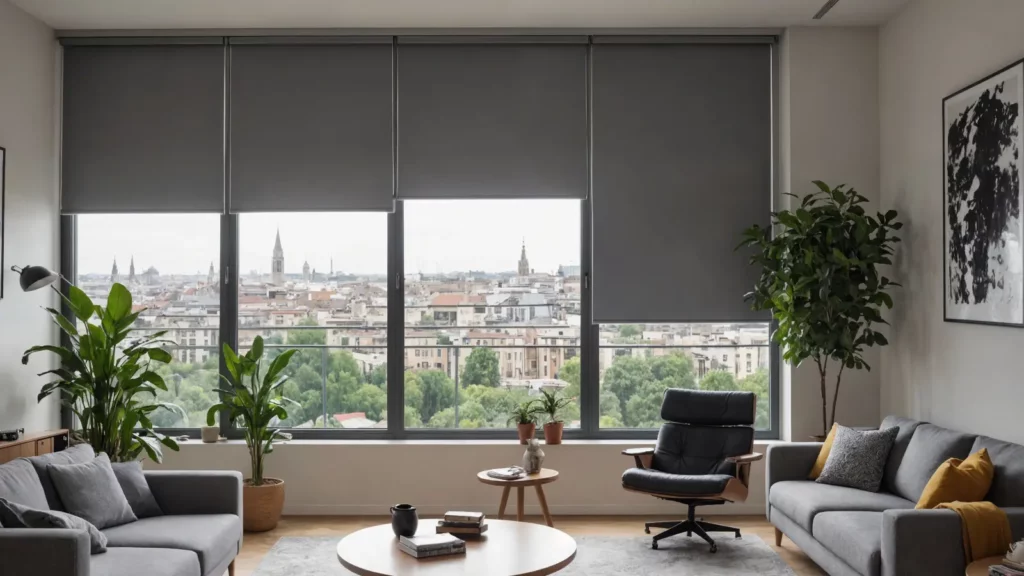Do Shutters Insulate? Keeping the Heat Out or In

The Origins of Window Shutters
Window shutters date back thousands of years. Shutters protected the ancient Egyptians, Greeks, and Romans from the elements, regulated light and airflow, and provided privacy and security.
Mediterranean cultures greatly influenced their design and use. The traditional shutters of Italy, Spain, and France have fixed louvers angled to let in light and air but keep out rain, direct sun, and noise.
The Spanish brought shutters to the New World in the 16th century. The plantation houses of the American South used shutters for protection against extreme weather conditions. They were better than curtains since they let in light and air while keeping out the heat.
But do shutters insulate against the cold as well?
Not as well as they block the heat, but the answer is still a resounding “yes.”
The humble shutter fell into desuetude during the 20th century, thanks in part to cheap central heating. Lately, it has made a comeback. A well-crafted shutter can reduce heat loss by up to 30% — and given today’s energy prices, that translates to beaucoup bucks.
Windows & Heat Transfer (Heat Loss or Gain)
Windows have an R-value, just like doors, walls, floors, ceilings, and other parts of your home. R-values rate an object’s resistance to heat transfer. The higher the R-value (on a scale from 0 to ∞), the better it insulates.
Double-glazed windows rate between R-3.5 and R-4.0. But a layer of air trapped between two panes of glass can only do so much to prevent heat transfer. Shutters pose an additional barrier against outside temperatures.
Approximately 21% to 30% of heat escapes a room on a cold day as warm air moves toward the surface of your windows. Once it reaches the glass, it cools and falls to the floor, creating a cold draft as it circulates. Warm air mixes with cool air, with cooler air prevailing (or so it seems). That’s why you had to buy Snuggies for the whole family last year.
But shutters in tight-fitting frames create an additional air space to insulate windows. Their heavy construction reduces heat transfer from the room to the window glass by up to 50%.
Getting the Most Out of Your Shutters
You can further stretch your energy savings with these simple tips:
- Add curtains. Curtains can beautify a room, but do you know they add another insulation layer? Hang them over shutters to trap even more air.
- Choose shutters with a high R-value. A single-glazed window is rated R-1. You can double or triple this score just by adding shutters. Solid wood shutters have the highest R-value. Vinyl and aluminum have the lowest.
- Install insulated shutters. The most commonly used materials include solid wood, composite, and foam or polyurethane fill. They often feature multiple layers, airtight seals, and thicker profiles to reduce heat exchange with the outside environment. They also provide better sound insulation for a quieter indoor environment.
- Close your shutters at night. It’s an extra step, but keeping shutters closed when temperatures drop — even if you also have curtains — helps insulate your windows.
- Install interior shutters for easier maintenance. Outdoor shutters can accumulate dirt, making them harder to maintain in the long run. They’re exposed to rain and intense sun. This constant wear and tear weakens them and reduces their effectiveness.
- Hire expert installers. A well-installed shutter should fit tight without sacrificing appearance. Shoddy installation can leave gaps, rendering your shutters less energy-efficient.
- Invest in quality materials. High-quality materials like solid wood or composite will insulate better and last longer for long-term energy savings.
Call Aero Shade for Custom Shutters
Have you considered installing shutters in your home or upgrading your old plastic shutters to new, improved wood models?
Call us at Aero Shade. We’re the window treatment company of choice for designers, contractors, and architects throughout metro Los Angeles. In our 50+ years, we’ve served thousands of homes and businesses.
We invite you to visit our showroom near Beverly Hills to see, feel, and test all window treatments on display. Or we can send someone to your home or business for a free estimate. Call us today!
FAQs: More about Window Shutters
Q: Do louvered or decorative shutters provide insulation?
While louvered or decorative shutters can add some insulation, they’re generally less effective than solid or insulated shutters.
Q: Can I retrofit my existing shutters for better insulation?
You can improve insulation by adding insulating materials or upgrading the shutters.
Q: Do shutters offer sound insulation as well?
Yes, shutters can help reduce noise from the outside.
Q: Are shutters a good choice for homes in cold climates?
Well-insulated shutters can help retain heat and make homes in cold climates more energy-efficient.
Q: Do shutters provide insulation for both windows and doors?
Shutters are primarily designed for windows, but some types can also be used for doors, offering similar insulation.
Q. Are there energy-efficient materials I should look for in shutters?
Look for shutters made of solid wood, composite materials, or those with added insulation for better energy efficiency.
Q: Can shutters improve the overall comfort of my home?
Shutters can enhance comfort by maintaining consistent indoor temperatures and reducing drafts.


